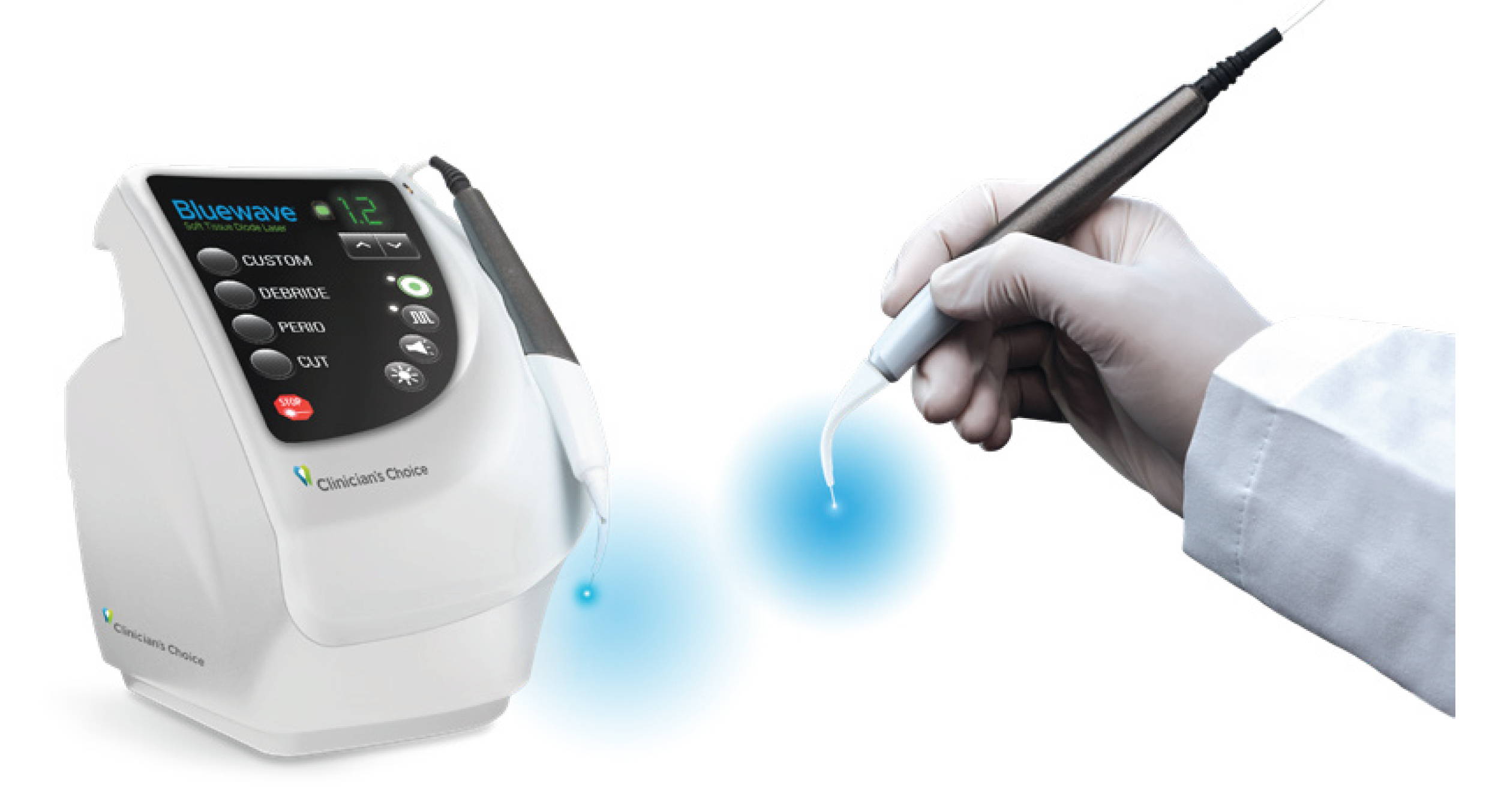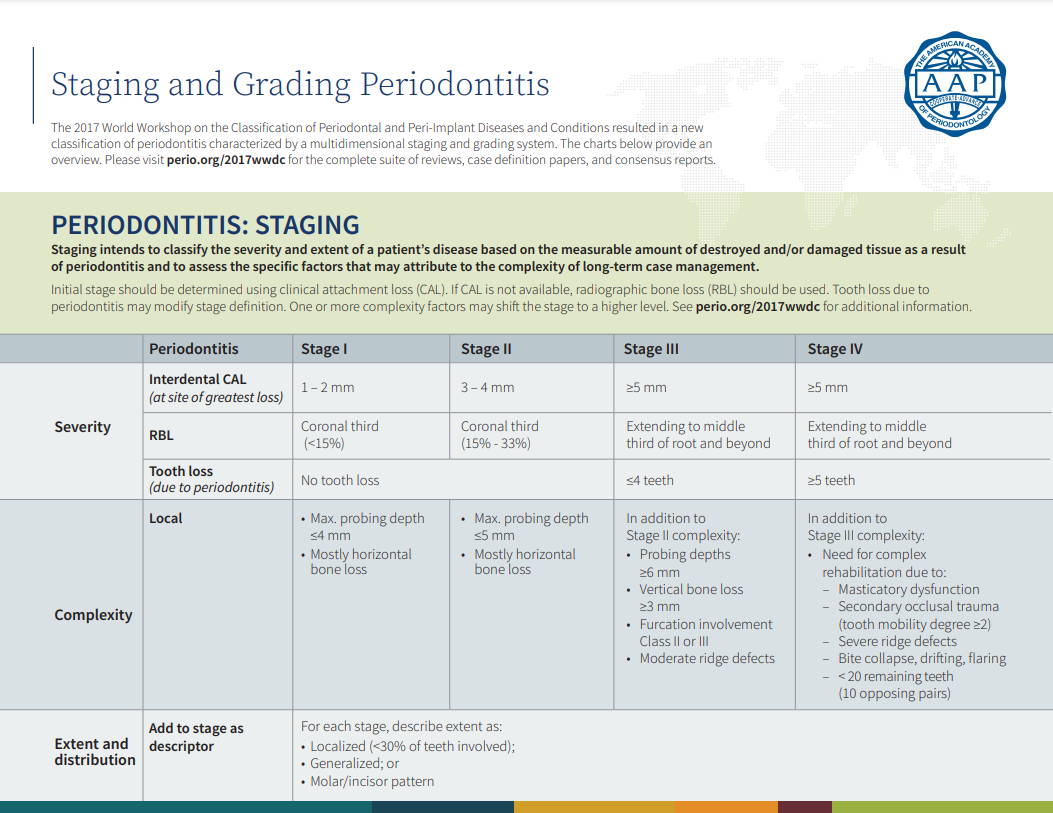
Integrating Laser Technology into Your Preventive Care Strategies
In today's evolving dental landscape, dental practices are constantly looking for opportunities to improve the quality of care provided to patients while enhancing their overall experience. One innovative approach to achieving this goal is by integrating diode laser technology into the dental hygiene department. By leveraging diode laser technology, dental professionals can tailor treatment with greater precision, effectively elevating the standard of care provided while offering patients a more comprehensive and personalized dental experience.
The integration of dental lasers into the dental hygiene department can greatly enhance patient care. Diode lasers enable dental hygienists to selectively target
specific areas with precision to reduce microbial populations and inflammation in diseased pockets. This integration can improve overall treatment outcomes
and enhance the patient experience within the dental hygiene department.

Diode laser energy is absorbed by melanin, hemoglobin, and water in the periodontal sulcus or pocket. This laser will effectively target pigmented gram-negative
bacteria and inflamed tissue while minimizing interaction with healthy tissue. When diode laser is utilized at low settings, it elicits a mild thermal reaction, which effectively induces the lysis of cell membranes. The laser tip can reach furcations and pockets, where there is inflammation, and is attracted to pigmented pathogens to reduce the total microbial population in diseased pockets.
In today's ever-changing healthcare system, it’s crucial for patients to have a say in their treatment decisions. With a growing understanding of the link between
oral pathogens and systemic health risks, patients are seeking proactive ways to detect and prevent diseases, as well as to access early treatment to preserve their
dental health.
Successfully integrating this technology hinges on several critical areas:
1. Patient Selection and office protocols – It's important to ensure that all team members are well-informed about the protocols and opportunities for using the laser.
2. Procedures – By understanding the complete procedures, you will be able to effectively utilize the diode laser.
3. Marketing – Ensure that your patients are well-informed about the range of services you provide (hand out brochures, social media posts, section on your office
website etc.)
Patient Selection and Office Protocols:
Creating protocols and treatment guidelines will help your team provide consistent care to all patients. Reviewing patients charts and utilizing the 2017 AAP Staging and Grading chart can aid in identifying potential patients who would benefit from laser therapy. The 2017 World Workshop classification of periodontitis are outlined in the charts below.
Tonetti, Greenwell, Kornman. J Periodontol 2018;89 (Suppl 1): S159-S172. (/https://www.perio.org/wp-content/uploads/2019/08/Staging-and-Grading-Periodontitis.pdf
Patient Selection for LBR or LAPT treatment:
• Patients with gingivitis
• Patients with Stage 1 to 4 grade B and C active periodontal disease
• Patient risk factors
• Bacteremia and aerosol risk
• Health history risk factors – Immune compromised patients who require pre-med
• Periodontal maintenance/recare therapy appointments (3, 4, 6 month appointments)
• Looking for opportunities to improve periodontal healing
Additional opportunities to integrate a diode laser in the hygiene department:
• Aphthous Ulcer and Herpetic Lesions
• Sensitivity
Dental Hygiene Procedures
Dental hygienists must follow Provincial and/or State guidelines when using diode lasers. There are many opportunities and procedures that can be performed.
1) Laser Bacterial Reduction (LBR) is performed with non initiated laser tip. It is performed pre-procedurally to reduce the bacterial load and bacteria risk and improve tissue healing, and studies show it can delay the recolonization of bacteria for up to 90 days. This can be repeated during recare appointments to help keep the pocket in symbiosis. This is performed using a pull stroke or walking the laser along the sulcus.


2) Laser Assisted Periodontal Therapy (LAPT) is often performed with an initiated tip. This procedure can remove diseased epithelium tissue from the wall of the periodontal pocket without harming healthy tissue. This procedure is performed by inserting the laser into the base of the pocket and backing up 1mm, then using a crosshatch motion to ensure we overlap our strokes. The laser tip is slightly directed toward the pocket wall. Using this procedure, the tissue can regenerate in some cases, and pocket depths can be reduced. The laser tip should be examined for bolus tissue, and it should be removed as needed.
3) Canker and cold sores there is no need to cancel the full hygiene appointment. Let patients come in, and your team can reduce the discomfort and improve healing. To perform this procedure, it is recommended to use a non-initiated tip on a pulse wavelength.
4) Desensitization this is a great value-added service to your hygiene appointment. Simply apply fluoride varnish to the facial and buccal surfaces and pass the laser over each area to reduce sensitivity for up to 1 year. To treat this area, use a non-initiated tip on a continuous wavelength
Integrating it Into Your Periodontal Protocols
Lasers are a valuable addition to treatment plans, effectively promoting gingival healing. Extensive studies demonstrate that diode lasers significantly reduce periodontal pathogens and enhance SRP results. The outcome of laser treatment is influenced by several critical factors, including the patient's host response, their
reaction to the pathogen load, biofilm disruption, and periodontal status. Studies show to achieve best results LBR and LAPT should be combined with scaling and root planning.2 When integrating and recommending diode laser, treatments should be based on the patient's clinical findings, pathogenic burden, dental history and
risk factors.
Leveraging the power of lasers can propel your patients toward better oral health, enhance communication with them, and boost your office's return on investment. Take a moment to examine your patient records and uncover opportunities to expand your dental hygiene services while promoting your patients' well-being.
REFERENCES
1. Gojkov-Vukelic M,1 Hadzic S, Dedic IA, et al. Application of a Diode Laser in the Reduction of Targeted Periodontal Pathogens. Acta Inform Med. 2013 Dec; 21(4): 237–240.
2. Jiang Y, Feng J, Du J, Fu J, Liu Y, Guo L, Liu Y. Clinical and biochemical effect of laser as an adjunct to non-surgical treatment of chronic periodontitis. Oral Dis. 2022 May;28(4):1042-1057. doi: 10.1111/odi.13847. Epub 2021 May 3. PMID: 33715262; PMCID: PMC9292540
About the Author

Kerry Lepicek, RDH
Kerry Lepicek is an experienced dental hygienist with over 20
years of clinical practice. She works at Clinical Research Dental as a Clinical Specialist in Dental Hygiene and Education and also part-time in a general practice. As an
international speaker and author, she is knowledgeable on the
topics of oral biofilm, halitosis, the oral-systemic connection, whitening and the dental hygiene process of care.
Discover More
This article was originally published in the Clinical Life™ magazine: Fall 2024 edition
Clinical Life™ magazine is a premier periodical publication by Clinical Research Dental Supplies & Services Inc. Discover compelling clinical cases from Canadian and US dental professionals, cutting-edge techniques, product insights, and continuing education events.
Access previous publications, request print editions, or subscribe to our Newsletter now. Join our thriving dental professional community and take your practice to new heights!






















